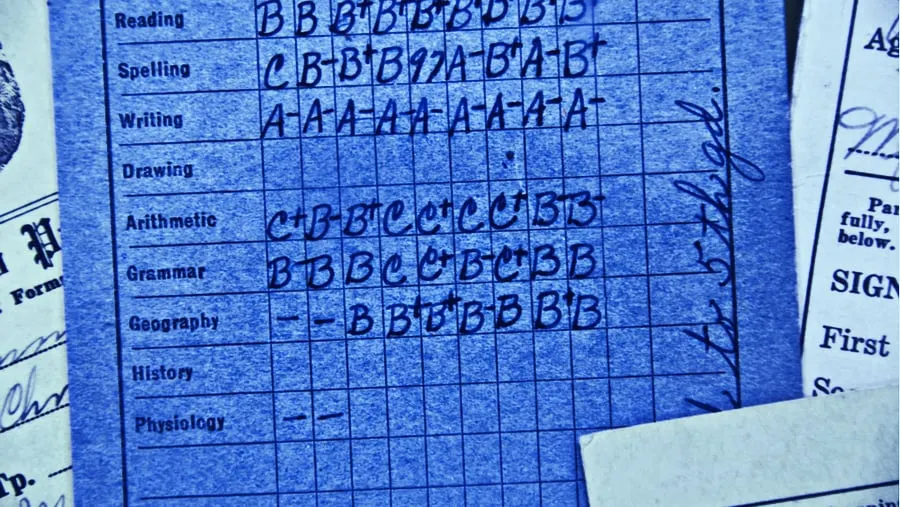In brief
- DeFi Pulse, in collaboration with Gauntlet Networks, has released a grading system to measure the risk of DeFi projects.
- The Economic Safety Grade measures the risk of insolvency for protocols that lend user-supplied collateral.
- The new tool could help guide investors to safer DeFi investments and appeal to less-experienced users.
Crypto investors have a new reference point for evaluating decentralized finance projects, thanks to a new risk indicator from DeFi Pulse.
DeFi Pulse announced on Tuesday the release of the DeFi Pulse Economic Safety Grade, developed in partnership with blockchain simulation platform Gauntlet Networks, to give users a way to better understand the risks they’re taking when locking value in DeFi protocols.
The Economic Safety Grade is calculated on a scale from 0 to 100 and measures a protocol’s risk of insolvency, with higher scores indicating a safer investment. It’s another sign of an industry working to break into the mainstream and become more accessible to novice users.
DeFi, short for decentralized finance, is an emerging industry based on a variety of blockchain-based protocols that use code known as smart contracts to provide financial services like loans or interest. Instead of relying on centralized third-parties like traditional banks, DeFi protocols use value contributed by users in the form of cryptocurrency deposits to provide financial services; users receive interest income in return.
DeFi Pulse has become one of the leading indicators for tracking the growth of DeFi and identifying quality protocols, using blockchain data to measure the total amount of value locked (TVL) in DeFi protocols and providing basic information about projects’ functionality.
The DeFi Pulse Economic Safety Grade measures the risk of protocols becoming insolvent—that is, when the value of contributed collateral is less than the total value of all loans that have been issued. If a protocol becomes insolvent, users that have contributed cryptocurrency to be used by the project are at risk of getting back less crypto then they put in, or, in a worst-case scenario, none at all.
Grades have been assigned to two DeFi projects so far, lending services Compound and Aave, which earned a 91% and a 95%, respectively. Scores are updated in real time based on potential price movements and borrowing patterns.
DeFi is still a young industry, having only recently caught the attention of crypto enthusiasts—it took nearly three years for TVL in DeFi to gather its first billion, which it hit on June 2020, but less than four months to go from $1 billion to $10 billion.
The next wave of growth will likely rely on drawing in users with little or no experience with crypto. If so, the DeFi Pulse Economic Safety Grade could be a valuable tool in helping those users stay safe, invest wisely, and stick around for the long term.
Daily Debrief Newsletter
Start every day with the top news stories right now, plus original features, a podcast, videos and more.

